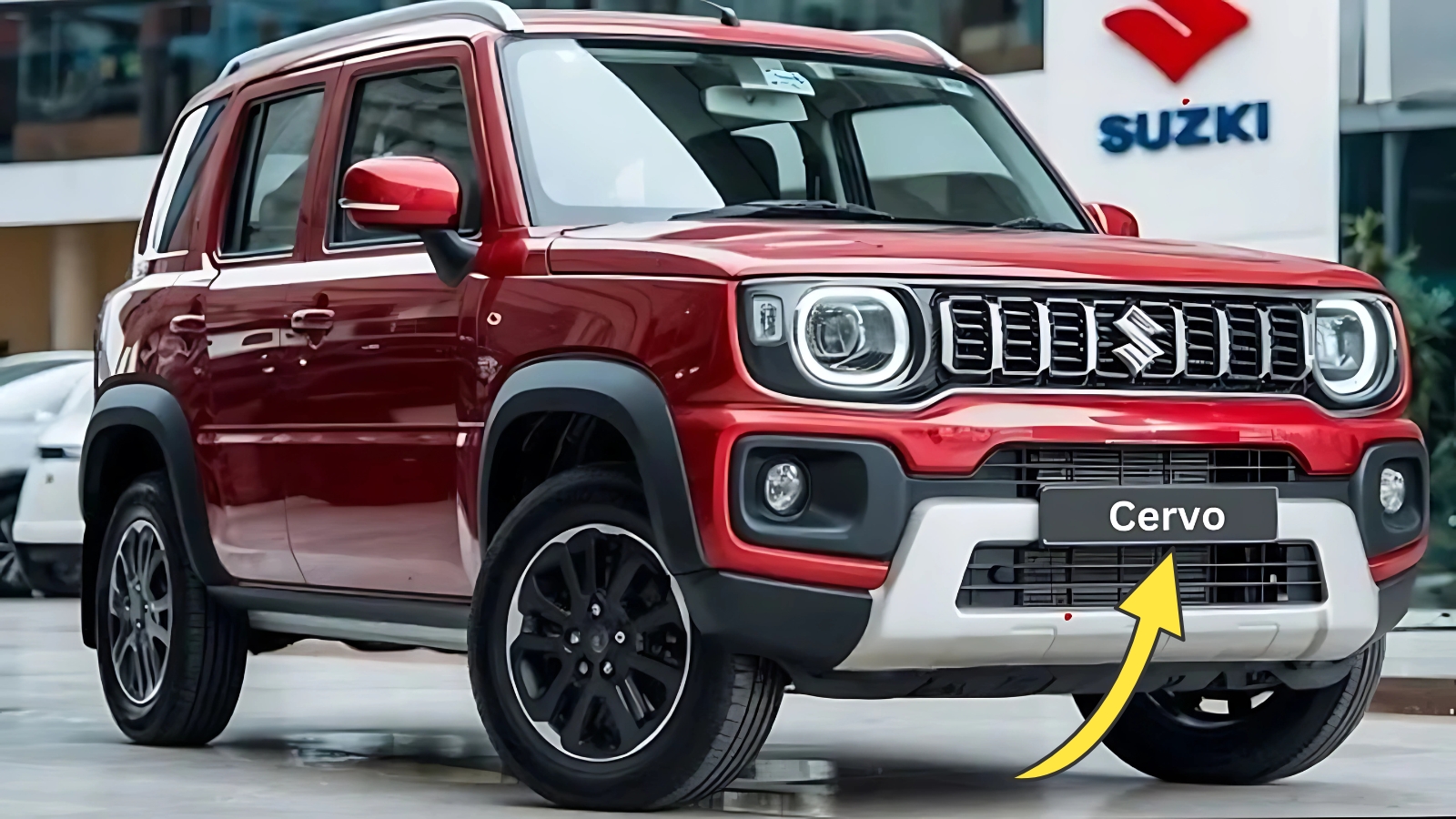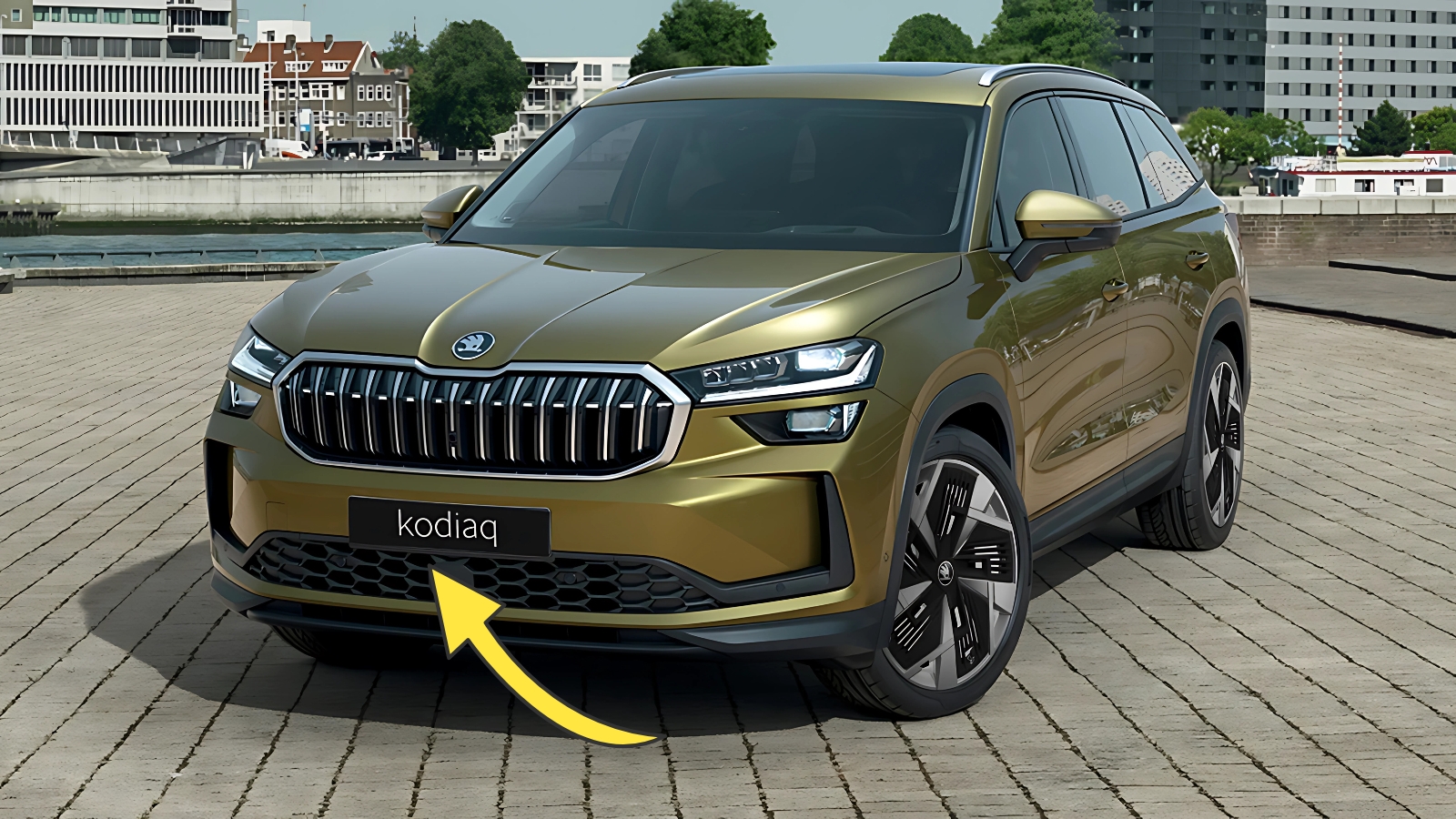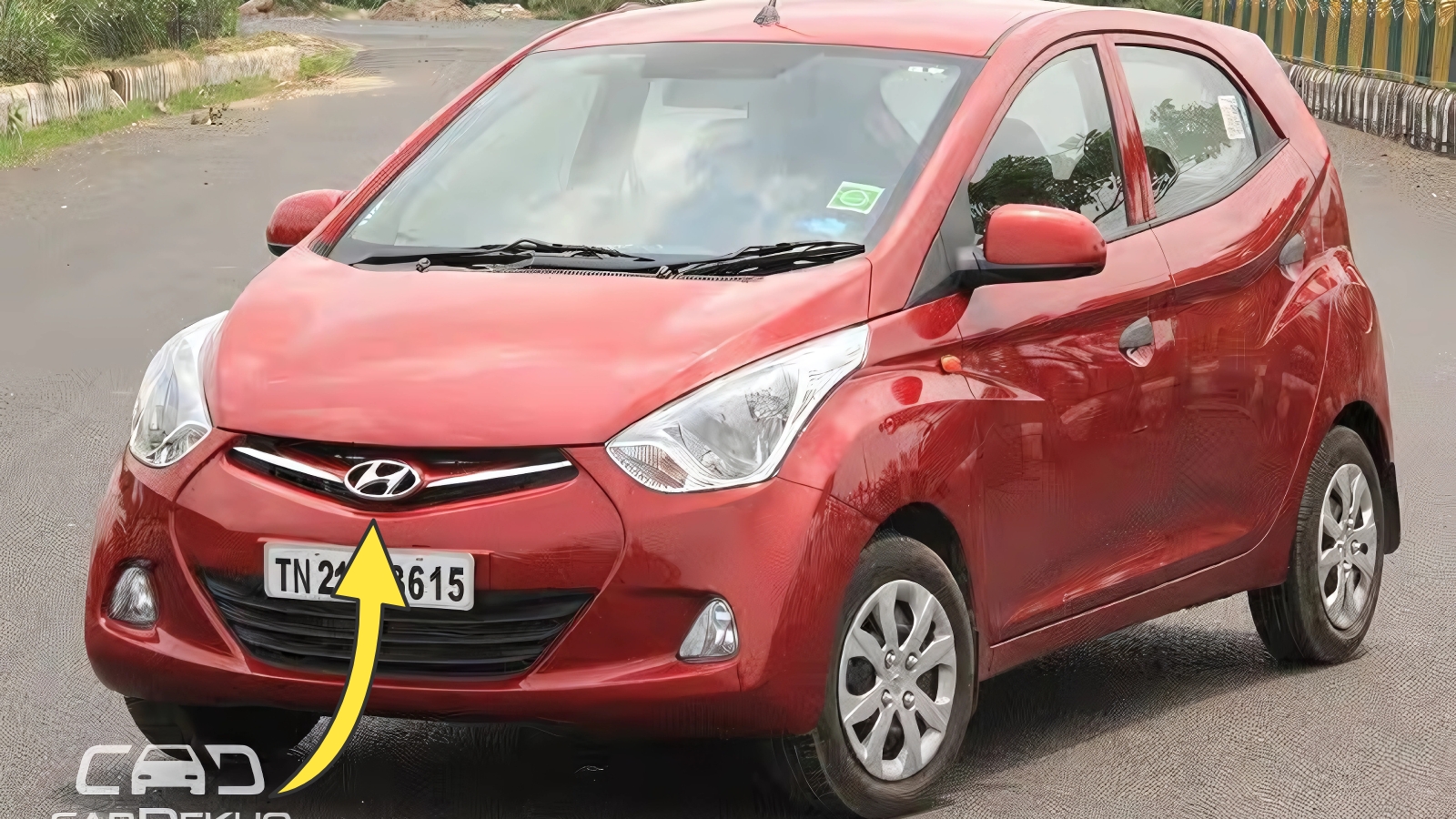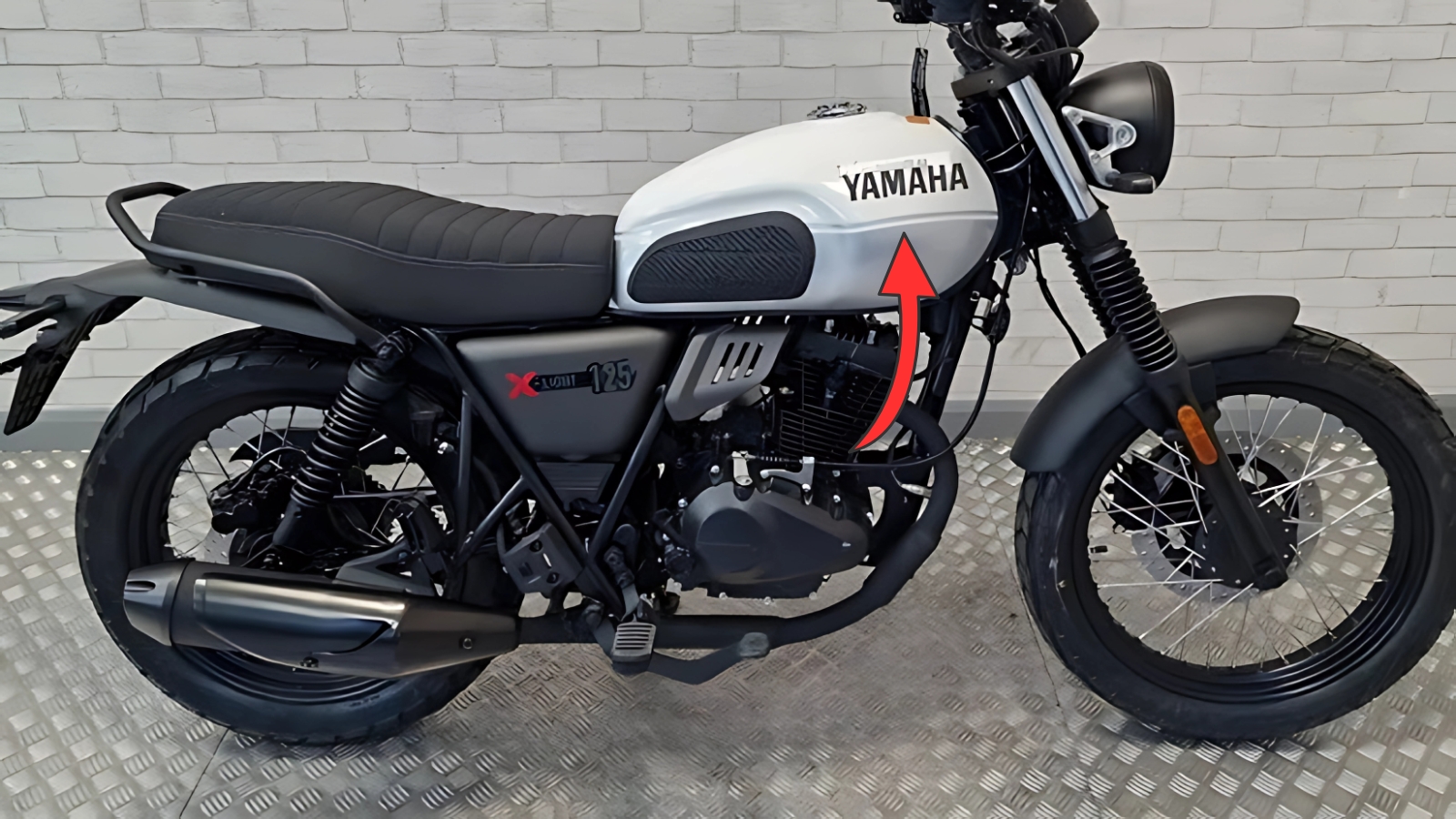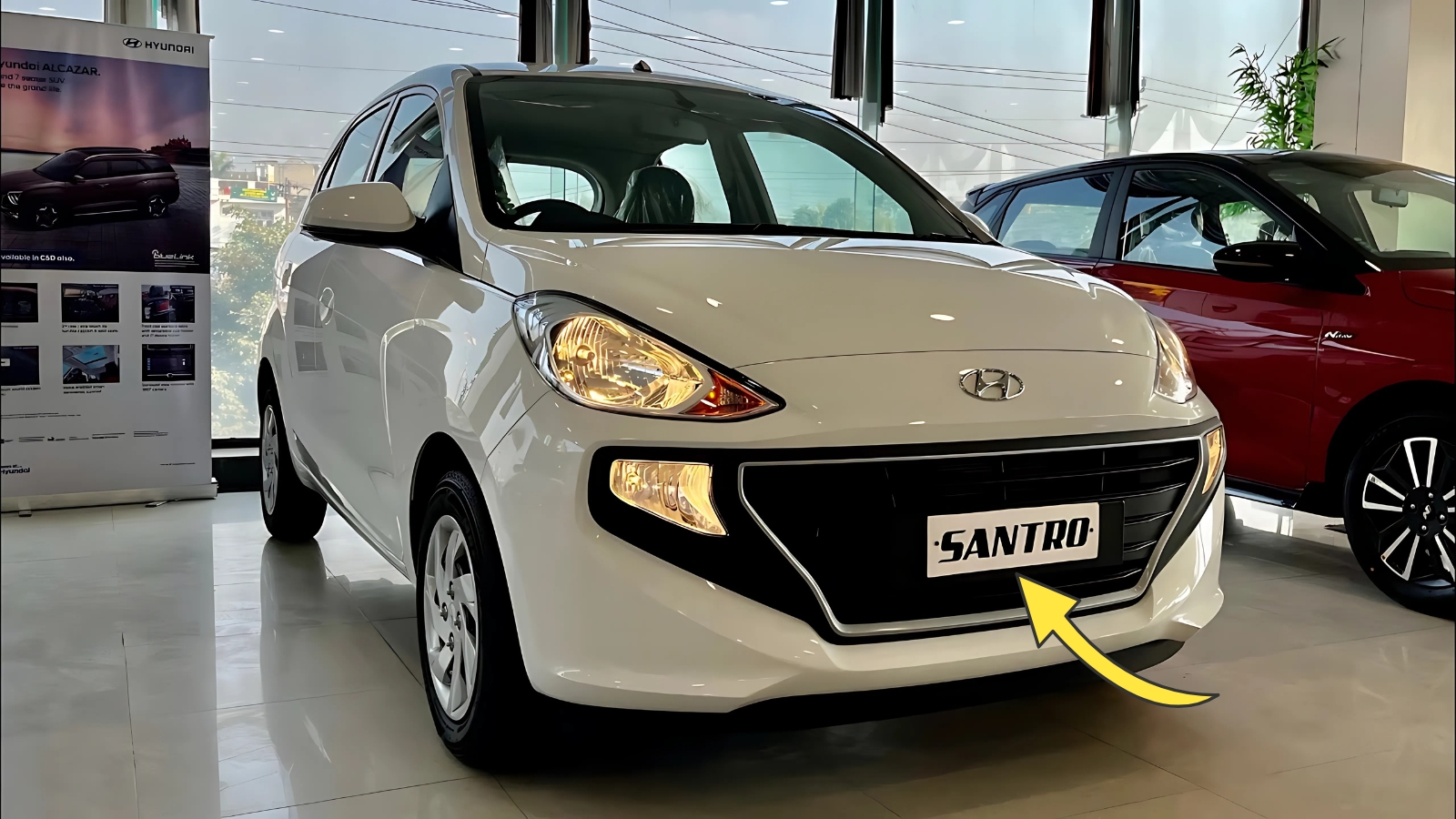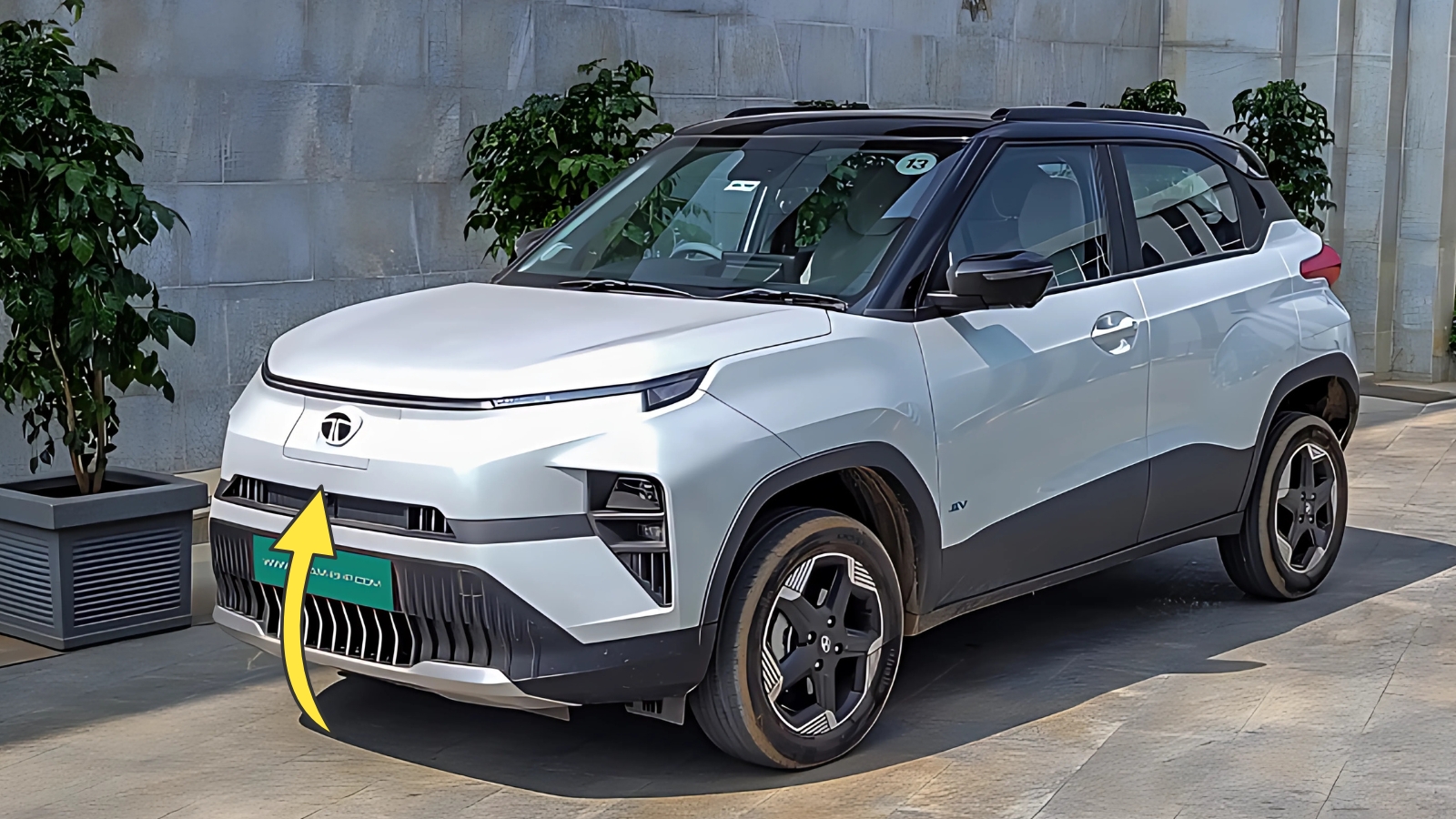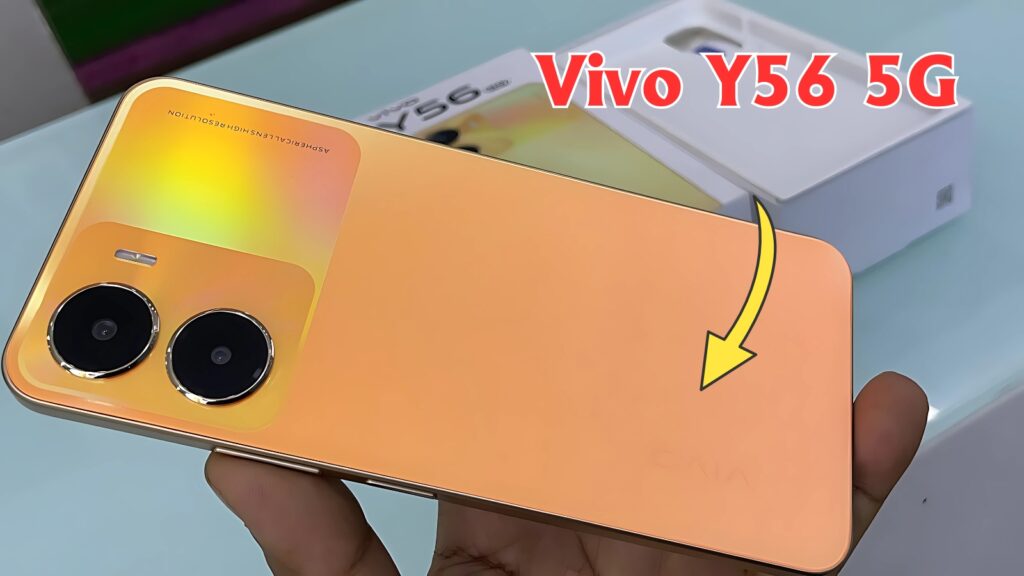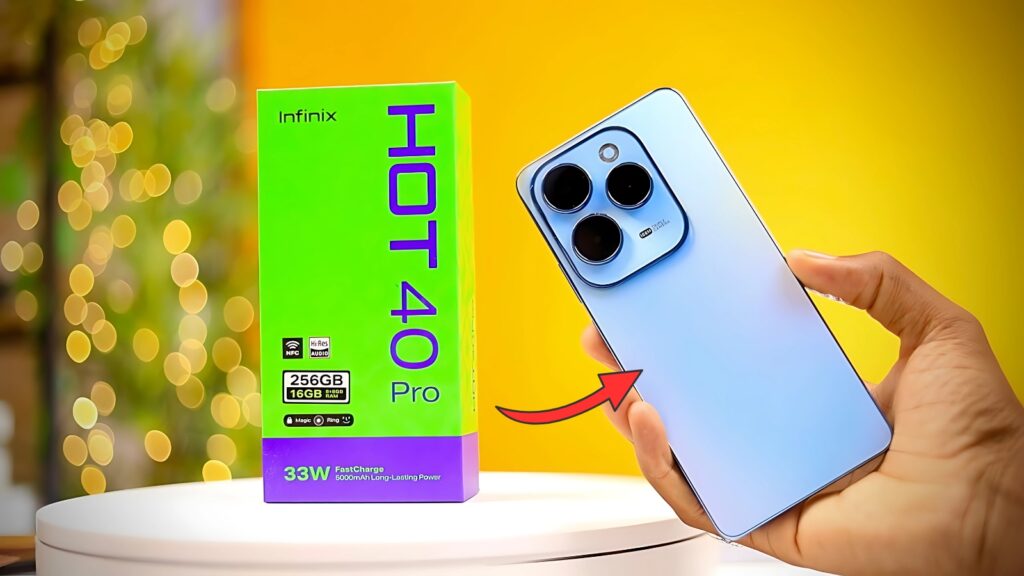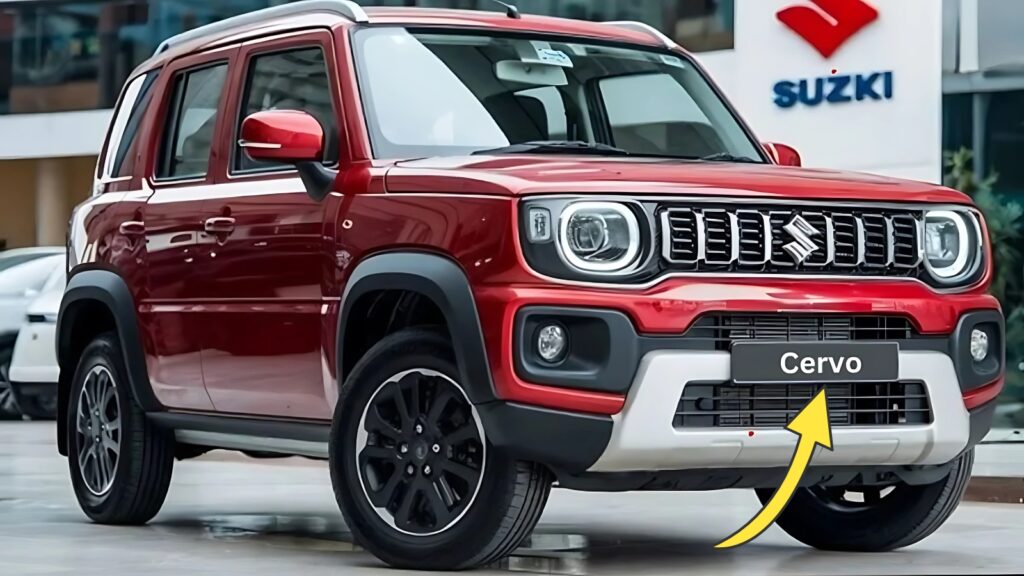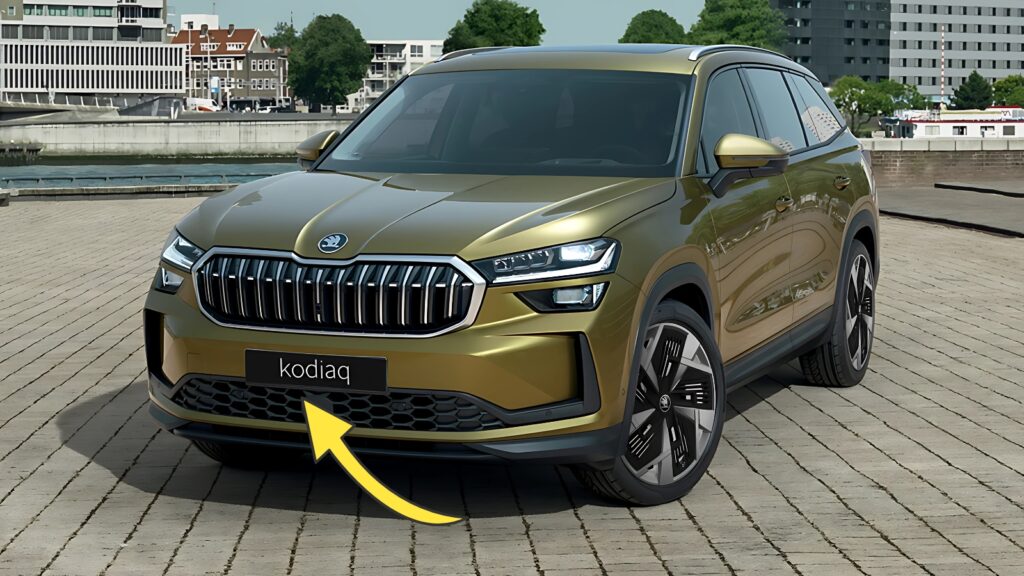Volkswagen Polo: The story of the Volkswagen Polo in India reads like a romance novel – intense passion from those who owned it, respectful admiration from those who didn’t, and a bittersweet ending that left enthusiasts yearning for more. While it may have exited the Indian market, the Polo’s influence on what buyers expect from a hatchback continues to resonate. This wasn’t just a car; it was a statement about refusing to compromise on quality, even in a price-sensitive market.
Build Quality That Redefined Expectations
The moment you closed a Polo’s door, that solid ‘thunk’ told you everything about Volkswagen’s approach. This wasn’t the tinny sound common in the segment – it was the reassuring closure of bank vault doors. The paint quality seemed to glow differently, panel gaps remained consistent enough to satisfy obsessive personalities, and the overall construction felt like it could handle decades of abuse without complaint.
Inside, materials quality embarrassed cars costing significantly more. The dashboard plastics felt substantial rather than hollow, switches operated with precise action, and everything seemed screwed together by people who cared. Even after years of use, Polos maintained their structural integrity while competitors developed rattles and squeaks. This build quality wasn’t just about premium feel – it translated to exceptional safety that saved lives in unfortunate accidents.
Design Philosophy of Understated Elegance
The Polo never screamed for attention, yet it commanded respect through sheer presence. The design evolution remained subtle through its lifecycle – a nip here, a tuck there, but always maintaining that unmistakable Volkswagen family look. The clean lines aged gracefully, looking contemporary even years after launch. This wasn’t trend-following design; it was timeless aesthetic that valued longevity over flash.
What many appreciated was the honest functionality. The upright stance maximized interior space, large glass areas provided excellent visibility, and practical touches like wide-opening doors made daily life easier. The GTI variant added sporty touches without going overboard – subtle red accents, distinctive wheels, and that honeycomb grille that enthusiasts could spot from distances. Even the basic variants looked premium, avoiding the poverty-spec appearance that plagued some competitors’ entry models.
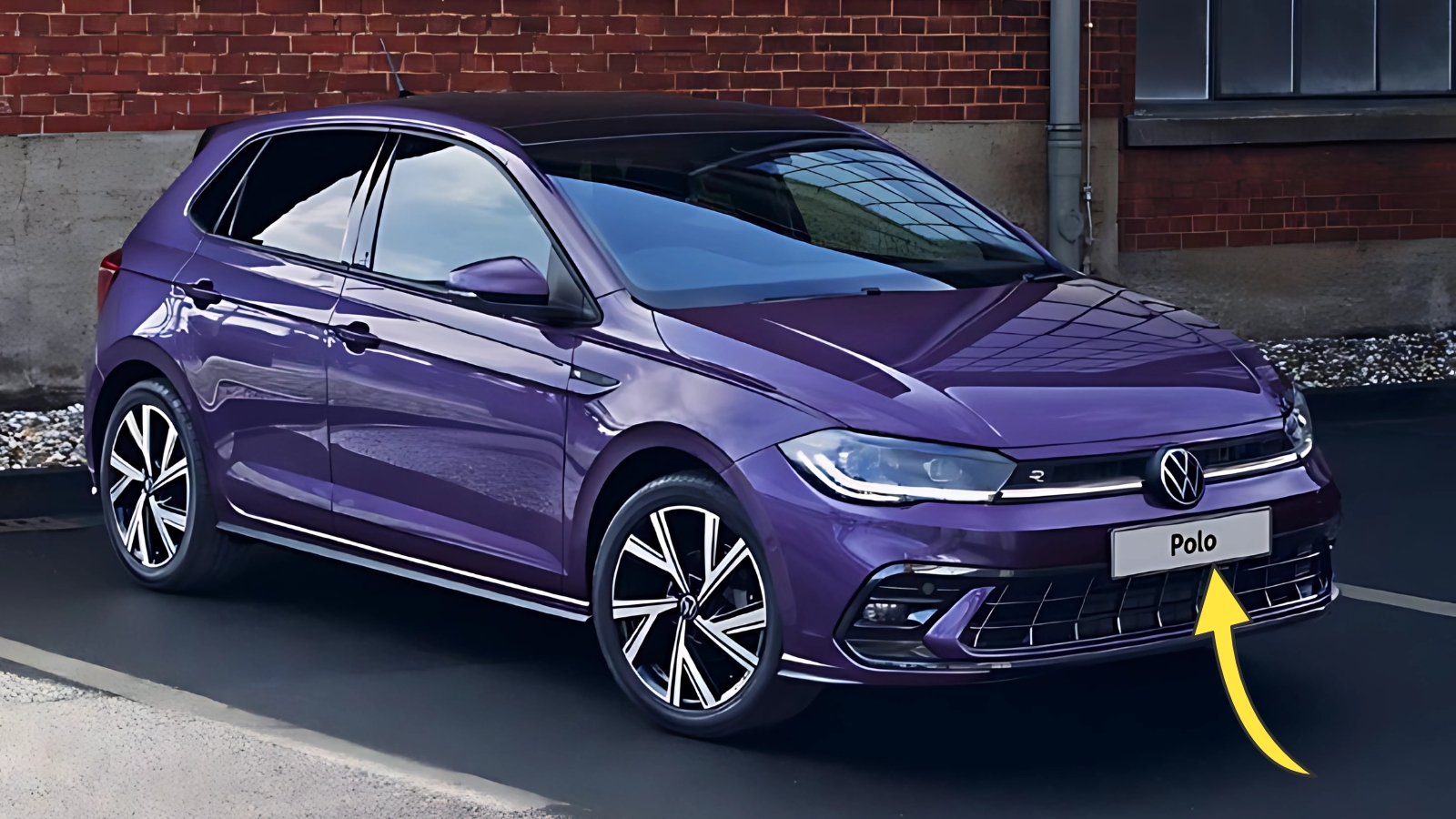
Driving Dynamics That Educated a Generation
Getting behind the Polo’s wheel was an education in how cars should drive. The steering weighted up beautifully with speed, providing feedback that modern electric systems struggle to match. The suspension struck that difficult balance between comfort and control – compliant enough for broken Indian roads yet firm enough to inspire confidence through corners. This was a car that encouraged you to take the longer route home just for the joy of driving.
The engines, particularly the 1.2 TSI and the diesel units, delivered performance that embarrassed larger vehicles. The turbocharged petrol engine pulled strongly from low revs, making overtaking safe rather than scary. The diesels combined punch with exceptional fuel economy, proving you didn’t need to sacrifice enjoyment for efficiency. Even the naturally aspirated engines felt willing and refined, backed by slick-shifting gearboxes that made manual driving a pleasure rather than a chore.
Interior Excellence in Compact Dimensions
Despite compact external dimensions, the Polo’s interior packaging impressed. Four adults traveled in genuine comfort, with rear seat space that surprised given the car’s footprint. The driving position suited various body types, with adjustments that actually made a difference. Visibility remained excellent all around, making it easy to place in traffic or tight parking spots.
Quality extended beyond materials to thoughtful design. The controls fell naturally to hand, the instrument cluster presented information clearly, and storage spaces appeared in useful locations. The boot, while not class-leading in volume, featured a low loading lip and regular shape that maximized utility. Everything felt designed by people who actually used cars rather than just styled them.
Technology and Features Done Right
Volkswagen’s approach to features emphasized quality over quantity. The touchscreen systems worked reliably when others crashed frequently. The climate control maintained temperature accurately rather than just blowing air. The sound system delivered clarity that cheaper alternatives with more speakers couldn’t match. This philosophy extended throughout – fewer features perhaps, but everything worked properly and lasted.
Safety remained uncompromised even in lower variants. The solid construction provided passive safety that crash tests validated repeatedly. ABS and airbags came standard when competitors still treated them as expensive options. The Polo proved that safety shouldn’t be a luxury, setting standards that forced the industry to improve.
Market Reality and Lasting Impact
The Polo’s commercial performance never matched its critical acclaim. Price-sensitive buyers struggled to justify the premium over competitors offering more features for less money. Volkswagen’s limited dealer network and higher service costs created ownership concerns. The lack of rear AC vents – a peculiar Indian obsession – became a deal-breaker for many families. Yet those who bought Polos rarely regretted the decision, often becoming brand ambassadors.
Tata Punch EV launched with dhansu range, features is full premium
Volkswagen Polo A Legacy That Endures
The Volkswagen Polo’s departure from India left a void in the premium hatchback segment that remains unfilled. It proved that Indian buyers would pay for quality if convinced of the value. The used car market tells the real story – Polos command premiums that reflect their enduring appeal. For enthusiasts who experienced the Polo, every other hatchback feels like a compromise. Sometimes the best cars aren’t the bestsellers; they’re the ones that raise standards and create memories that last long after production ends.
